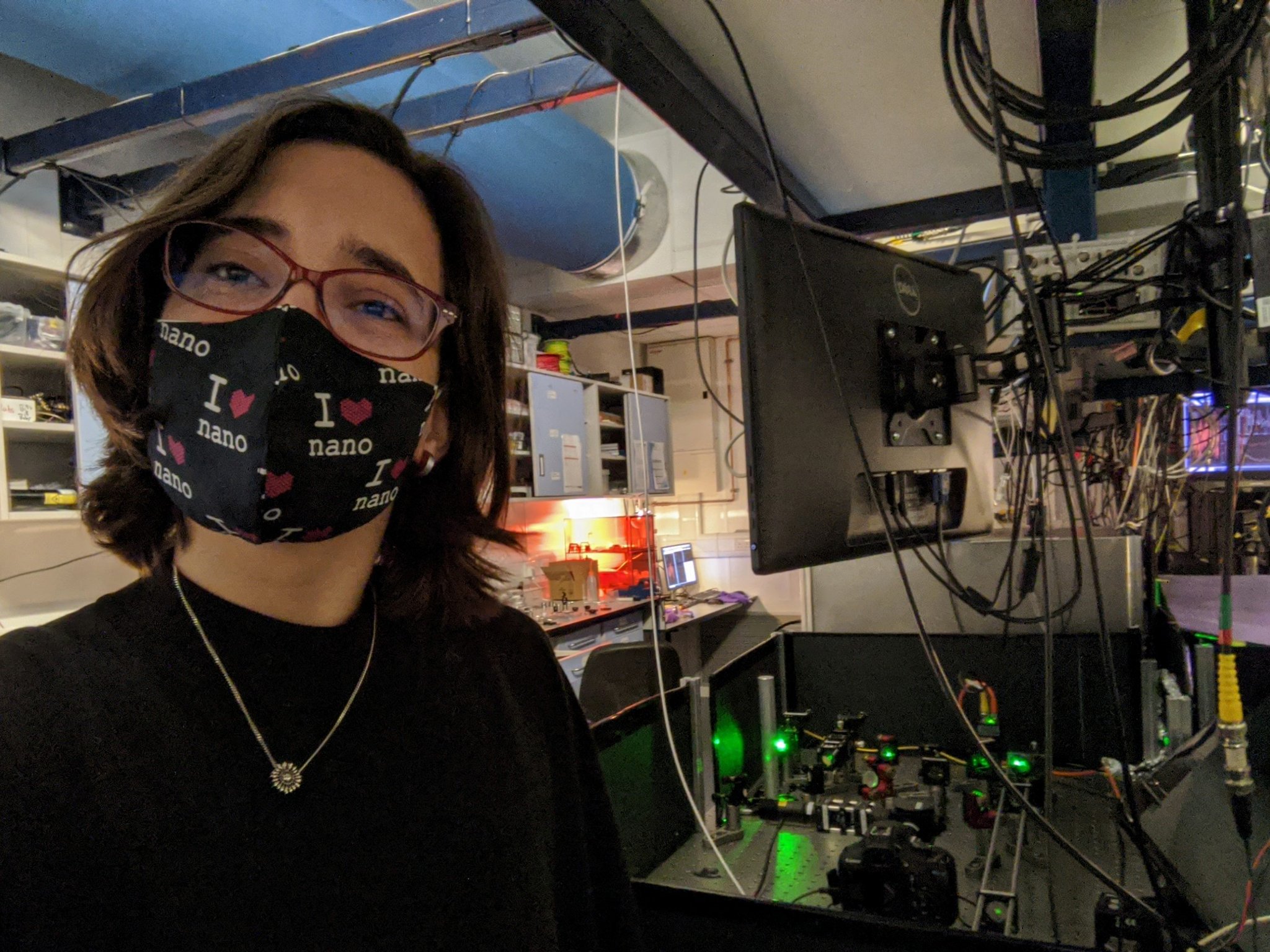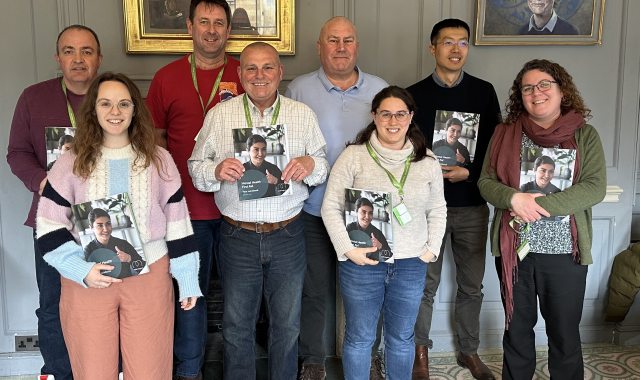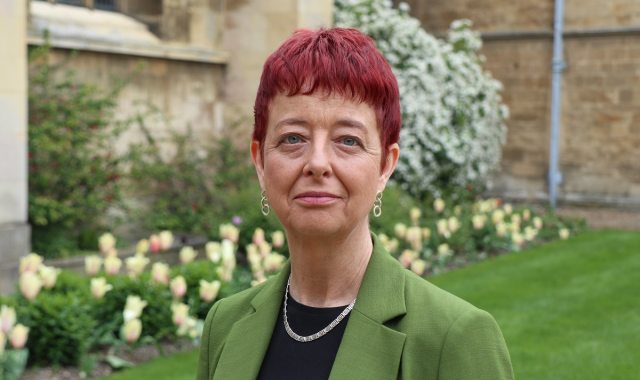Scholarship success for Caius physicist
- 07 June 2021
- 3 minutes
Caian Simone Eizagirre Barker (Physics 2019) has been awarded the largest and most prestigious scholarship by SPIE, the international society for optics and photonics, for her potential contributions to the field.
Simone has been granted the D.J. Lovell Scholarship for her research, which focuses on understanding the magneto-optical properties of new quantum-emitting materials for applications as single-photon sources.
She is in her second year at Caius, having undertaken an MRes before embarking on her PhD at the EPSRC Doctoral Training Centre in Nanoscience and Nanotechnology, supervised by Professor Mete Atatüre and Dr Sam Stranks.
Simone, pictured below in the laboratory, is enthusiastic and excited at the potential of her project, which investigates the light emitted by defects in crystals of hexagonal boron nitride.
She adds: “As I am starting my PhD, I didn’t know a lot about this topic. But you realise that a lot of questions you have still don’t have answers, they’re precisely what people are investigating now. So it’s not just that you don’t know – nobody knows! I find that quite reassuring.
“Light is made up of individual ‘particles’ called photons, and the material I work on emits light in the form of single photons, so one photon at a time. You can imagine a single-photon light source to be somewhat analogous to a fountain where water comes out in a steady flow of tiny individual drops as opposed to a thick stream.

“The reason these materials are interesting is that if we’re able to generate photons one at a time and control their individual properties predictably, we can use them to encode and send information in new ways. A lot of our technologies use light to encode and transmit information – think of the fibre optic cables that bring you high-speed Internet.
“In the future, if we have a world of quantum computers and quantum networks, we will probably want to use light to communicate quantum information. To do that, we need to be able to control the quantum properties of light one particle at a time.
“The light emitted by these materials can also be affected by the presence of magnetic fields, so they also have interesting applications in quantum sensing.
“What’s exciting is that we’re trying to understand fundamentally what’s going on in this material. We know that single photons are emitted from defects in hexagonal boron nitride, but we don’t know which atoms are involved in the defect or what their structure is.
“It’s a more creative stage – there is still much to uncover. There’s a lot of different possibilities, all of which are very exciting!”
Simone is actively involved in science journalism and outreach: she is a freelance science writer, co-hosts the Cambridge University Science Magazine’s Podcast (BlueSci), and serves on the committee for Cavendish Inspiring Womxn and the Cambridge University Science Improv Society.


